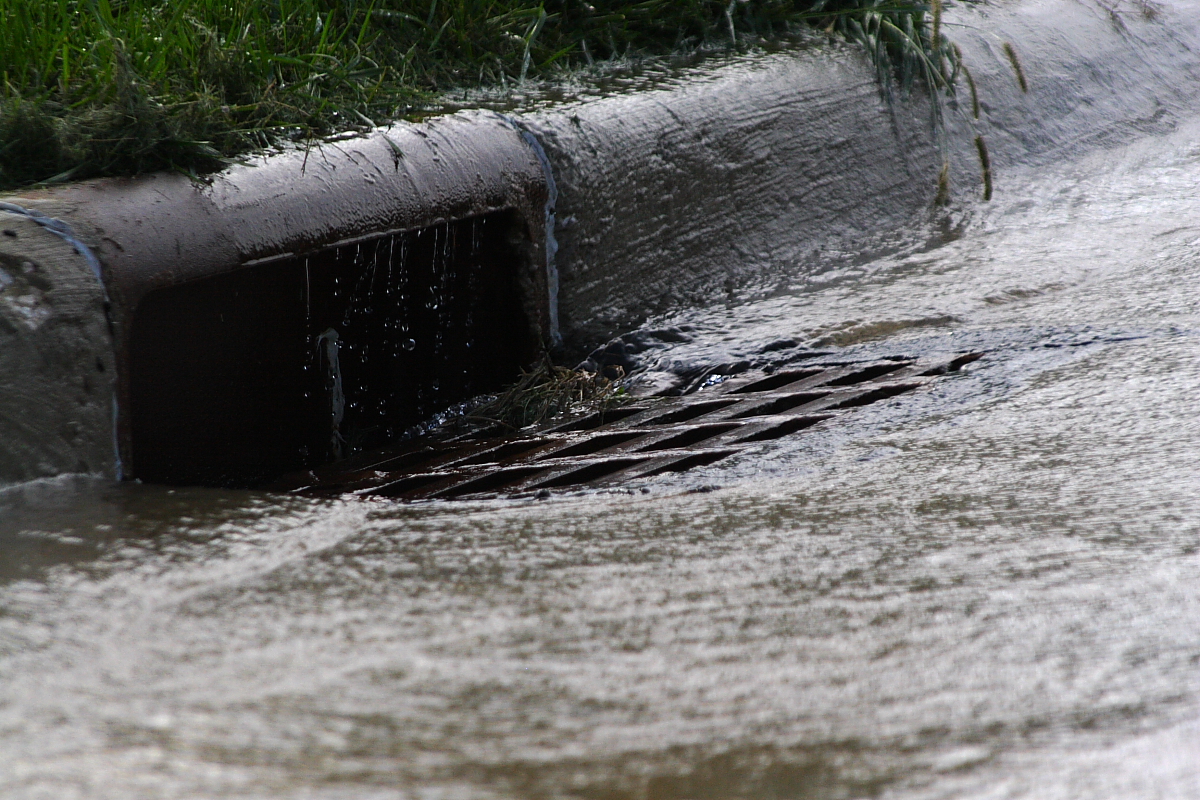
With land development increasing at twice the pace of population growth, American builders must consider the toll these projects are taking on the environment. Chief among them is the impairment of shared water resources due to stormwater runoff. Caused by a marked increase in impervious structures, the degradation of rivers, streams, and reservoirs, stormwater runoff negatively affects local communities. To deal with these issues, responsible water management policies have been imposed by state and federal governments. The Low Impact Development Performance and Policy Implications in Ohio workshop recently explored these topics to better understand the future of water management in the region. Here are a few of the stabilization practices highlighted during the two-day event.
Landscape Maintenance
Because stormwater runoff causes soil erosion, protective measures must be taken to protect at-risk earth. Adding perennial vegetative cover, turf reinforcement matting, and landscape mulching can stabilize soil and reduce the risk of rapid erosion. But because these additions require regular maintenance, they can be quite costly for small communities. In areas where the earth is bare and exposed to the elements, re-seeding the soil with common grasses is an affordable option. Lack of vegetative cover may also be caused by poor fertility, which can often be corrected with fertilizer or lime. According to standard guidelines, communities should strive to achieve a 70 percent vegetative density in all at-risk areas. This can help ensure stormwater runoff will not cause devastating soil erosion issues that can have far-reaching effects on local water sources.
Protecting Parking Lot Perimeters
Because they are large, impervious structures, parking lots are a major cause of stormwater runoff. Whether the runoff is transported to a water basin or retention cell directly or via curb cuts, these areas are susceptible to soil erosion. Placing rip-rap in these spots can greatly reduce the risk of destabilization. When done correctly, nearby water sources, such as rivers and streams, should be safe from unwanted inflows.
Cleaning Outlet Structures
As mentioned, stormwater runoff must end up somewhere. When safely transported to an outlet structure, such as a water basin or water wetland, dewatering can be controlled. But when these structures become clogged because of sediment, floating trash, or debris, storage areas may overflow, causing it to flood surrounding areas. Excessive amounts of waste can also harm wildlife and may be dangerous to humans if it gets into drinking water. The easiest way to deal with this problem is to have a cleanup crew unclog the outlet with shovels, rakes, and other hand tools. Water basins and wetlands should be inspected for clogs on a regular basis.
Installing Water Storage Structures
When stormwater runoff cannot be controlled through maintenance and stabilization, it may be necessary to put in additional storage structures. When installed near at-risk areas, a catch basin can prevent flooding and widespread stormwater runoff. As mentioned, however, these structures must be maintained to prevent overflows caused by clogs. On the plus side, catch basins are relatively easy and inexpensive to install.
Local communities can use these simple strategies to prevent the devastating effects of stormwater runoff.

